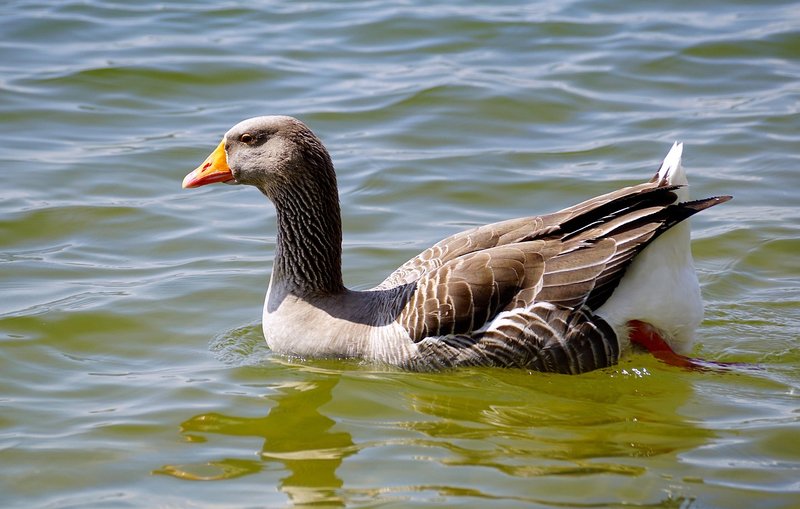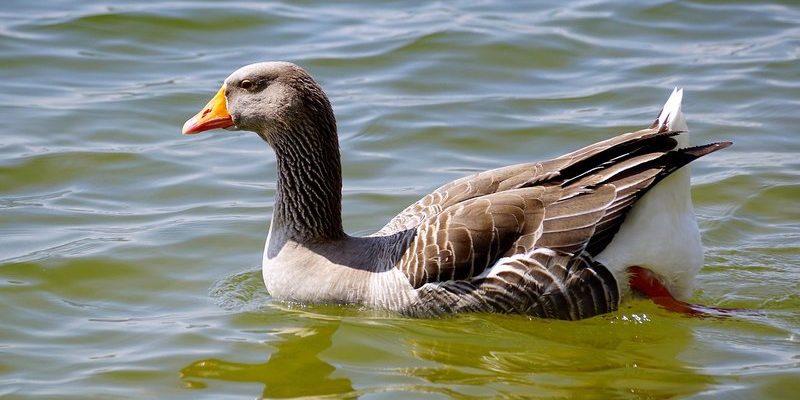
Imagine walking into a bustling café, filled with laughter and chatter. That’s the world geese inhabit—rich ecosystems teeming with life. But when their habitat starts to crumble, it’s like the café running low on coffee or pastries. Less inviting, right? In this article, we’ll explore what it means for geese to be threatened or endangered, how we got here, and what can be done to help them thrive.
Understanding the Terms: Threatened vs. Endangered
To kick things off, it’s important to understand what we mean by “threatened” or “endangered.” These terms can sound similar, but they come with different implications.
A species categorized as threatened is at risk of becoming endangered in the near future. Think of it as a warning light on your car’s dashboard. It’s not a crisis yet, but it could lead there if changes aren’t made. On the flip side, an endangered species is already facing a very high risk of extinction. It’s like being on the cliff’s edge, teetering precariously.
In the world of geese, some species fall into the threatened category, particularly due to habitat loss and climate change. Others, like the Hawaiian Goose or *Nene*, are classified as endangered. This means they need immediate help to boost their populations and ensure their survival.
Goose Species at Risk
There are numerous goose species worldwide, but not all of them are in danger. Among those that are, some of the most notable include the *Emperor Goose*, the *Hawaiian Goose*, and the *Barnacle Goose*.
1. Emperor Goose: Found in the Bering Sea area, this striking bird is recognized for its beautiful plumage. Sadly, habitat degradation and hunting pressures have caused its population to dwindle, making it threatened.
2. Hawaiian Goose (Nene): This unique goose is native to Hawaii and has witnessed population declines due to habitat loss and invasive species. Conservation efforts have been put in place, but it remains endangered.
3. Barnacle Goose: Breeding in the Arctic but wintering in more temperate areas, the Barnacle Goose is facing challenges from climate change. These geese are experiencing shifts in their migratory patterns and habitat availability, making them vulnerable as well.
Each of these species tells a story of resilience and struggle. Understanding their plight helps highlight the need for conservation efforts.
Factors Contributing to Their Plight
You might be curious about what’s causing these goose populations to decline. Several factors contribute to this situation, and each plays a crucial role in the overall health of their habitats.
1. Habitat Loss: Urban development and agriculture have paved over natural habitats, taking away the spaces geese rely on for nesting and feeding. Without these areas, their populations can’t thrive.
2. Climate Change: Shifts in weather patterns affect migration routes and food availability. Some geese might find themselves arriving at their wintering grounds only to discover their favorite food is gone!
3. Predation: With fewer natural habitats, geese are more vulnerable to predators. Increased human activity often leads to a rise in predatory animals, which can threaten young goslings and nesting adults.
4. Hunting Pressures: While responsible hunting can help manage populations, overhunting in certain regions has posed significant risks to specific goose species.
All of these factors intertwine, creating a complicated web that makes recovery for these birds difficult.
The Role of Conservation Efforts
Now that you have a grasp on the challenges geese face, you might be wondering: what’s being done about it? Conservation efforts are crucial for their survival, and many organizations are stepping up to the plate.
Habitat Restoration: Many projects focus on restoring wetlands and grasslands that geese need for breeding and feeding. By rebuilding these ecosystems, we create a welcome environment for them to thrive.
Awareness Campaigns: Education plays a big role. Teaching people about the significance of these birds helps rally support for their conservation. After all, when we understand the challenges they face, we’re more likely to take action.
Breeding Programs: For extremely endangered species like the Hawaiian Goose, captive breeding programs can help bolster their numbers. These programs often work by raising young goslings in protected environments before releasing them back into the wild.
By combining these efforts, we can hopefully turn the tide for at-risk goose species.
How You Can Help
Feeling inspired to make a difference? There are plenty of ways you can contribute to the well-being of geese and other wildlife. Here’s how you can get involved:
1. Support Conservation Organizations: Donate to or volunteer with groups focused on protecting habitats and wildlife. Your efforts can help fund essential conservation work.
2. Create Habitat: If you have a backyard, consider planting native plants that attract geese and other birds. Even small changes can add up in supporting local ecosystems.
3. Practice Responsible Wildlife Viewing: When you see geese in their natural habitat, keep your distance to avoid stressing them out. Remember, your presence can impact their behavior, especially during nesting season.
4. Spread Awareness: Share what you’ve learned about goose conservation with friends and family. The more people who know, the more support these efforts can gather.
Every little bit helps. By taking action, you can play a role in ensuring these incredible birds have a future.
Understanding whether geese are threatened or endangered isn’t just a trivia question—it’s a doorway into the larger conversation about conservation and our role in protecting wildlife. Each goose species, from the charming Barnacle to the rare Hawaiian Goose, plays a role in the ecosystem that benefits us all. By addressing their challenges, we’re also looking out for our planet’s health.
So, next time you see a goose gliding across the water or honking at you in the park, remember that it symbolizes more than just nature’s beauty. It’s a reminder of our responsibility to protect these creatures and their habitats. Together, we can make a difference—one honk at a time!

